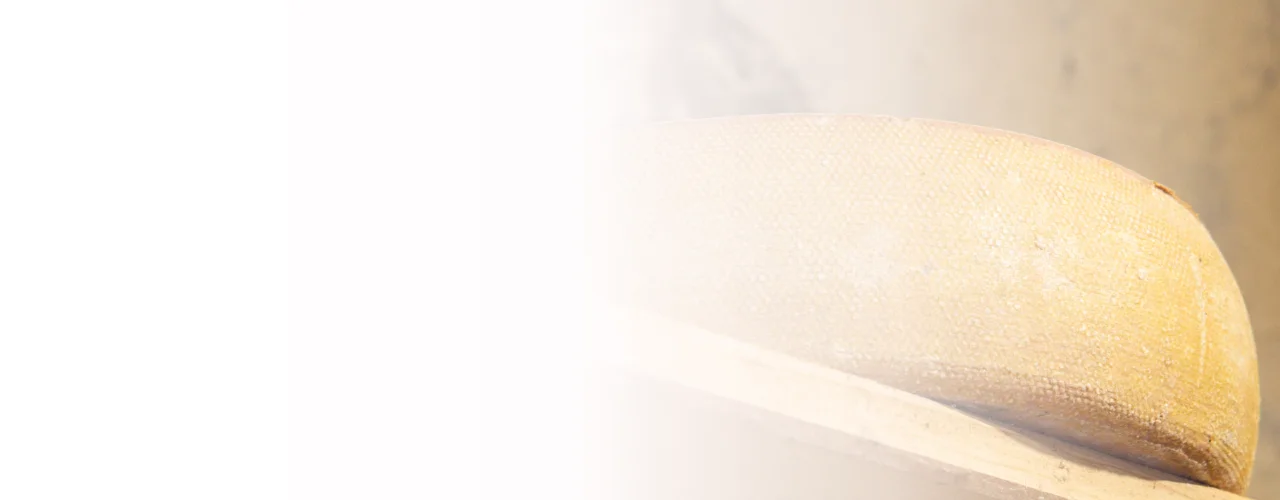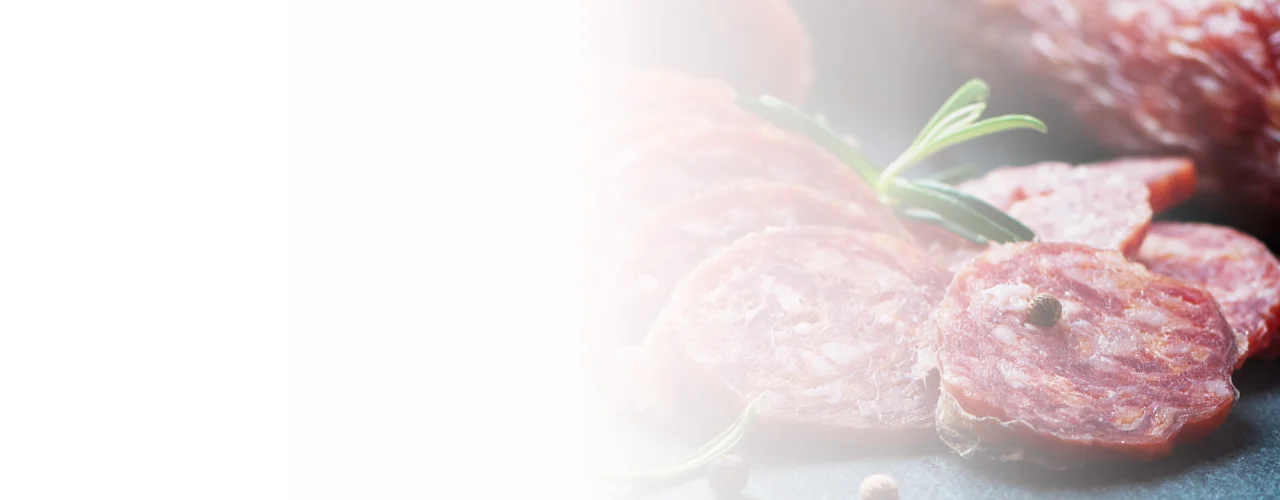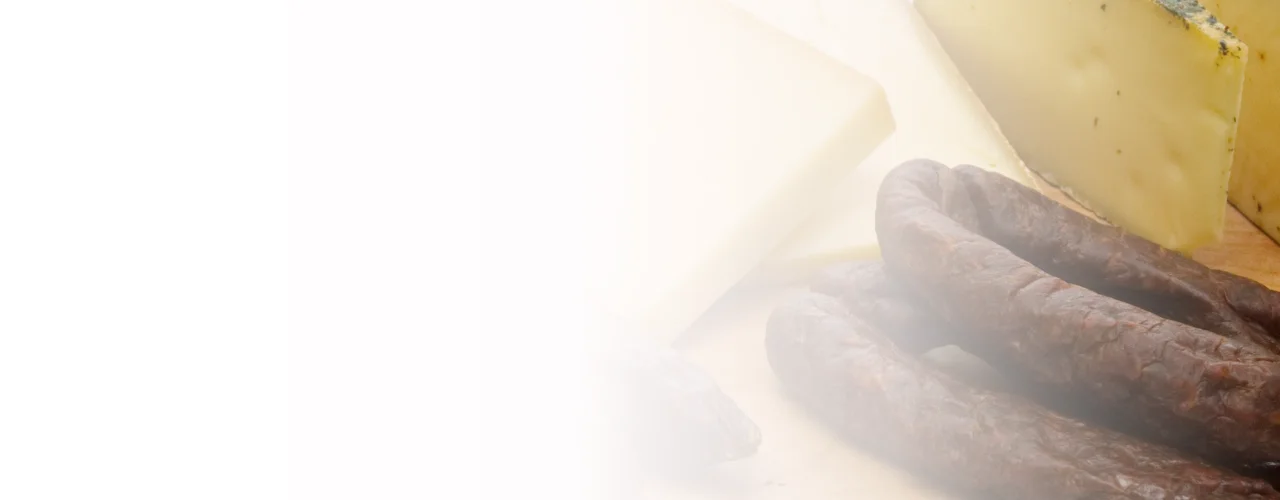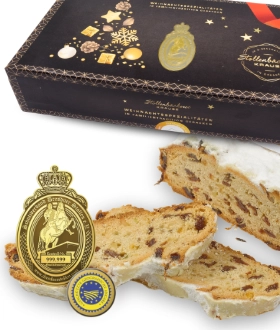Depending on the type of cheese, this cheese curdAs break (or cheese curd) is called in the dairy, the resulting material, which is formed from the milk by the addition of rennet or lactic acid to the milk breakage. » More info is then gently heated to 50-55 ° C in the copper kettle, so that the broken grain contracts further and loses even more wheyWhey is the watery greenish-yellow liquid that results from cheese making. » More info, which is called “burning of the break “.
Hard cheese | Mountain cheese
Semi-hard cheese





























